By O.E. MacDougal
November/December 2016, Backwoods Home
I could spend all day coming up with interesting trivia about the Presidents and those who surround them — wives, children, assassins, etc. I could literally fill this magazine with those facts.
The Tallest and Shortest
Let’s start with some common ones. Most school children can tell you Abraham Lincoln was our tallest President (6’4″) and some can probably tell you James Monroe was the shortest (5’4″), though they may not realize he weighed the least (about 100 pounds). Which leads us to the heaviest — William Taft (more than 300 pounds).
Martin Van Buren was the first President born in the United States. The seven Presidents who preceded him were all born in the original colonies and were, therefore, born as British citizens. How is it they were eligible to be Presidents? Part of Article II, Section 1 of the Constitution reads: “No Person except a natural born Citizen, or a Citizen of the United States, at the time of the Adoption of this Constitution, shall be eligible to the Office of President.” The seven were born before the adoption of the Constitution and were now United States citizens.
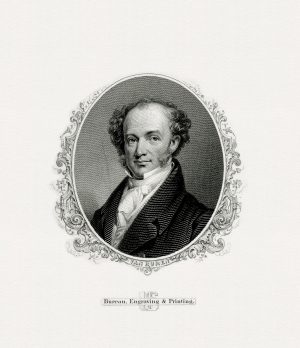
Here’s a tidbit about George Washington. When he was 26 years old, in his first attempt to win a seat in Virginia’s House of Burgesses, that colony’s legislature, he tried to buy his way in with drinks. He spent his entire election budget on booze to be served at the polling place — 160 gallons for 391 voters. He lost. Two years later, he won a seat. I don’t know how much hooch he used that time.
The first President to be photographed was our 6th President, John Quincy Adams, though he had been out of the White House for some 14 years when the photo was shot. James Polk, the 11th President, was first to be photographed while in office.
By the way, it wasn’t called the White House until the 26th President, Theodore Roosevelt, called it that in 1901. Before that it was known as the Executive Mansion or the President’s House.
The Presidency and Death
Eight Presidents died in office: William Harrison, Zachary Taylor, Abraham Lincoln, James Garfield, William McKinley, Warren Harding, Franklin Roosevelt, and John Kennedy. Four were assassinated, but it’s likely that the first three who were assassinated could have been saved by modern medicine. In Lincoln’s case, he was shot in the back of the head with a .44 caliber derringer, and although the damage was severe, there are doctors today who are convinced they could have saved his life. Not only that, they believe modern post-operative care and rehabilitation could have restored most of his neurological functions.
Incidentally, Lincoln had premonitions about being assassinated and there were at least two attempts before John Wilkes Booth succeeded. After Lincoln’s death, among his effects were found some 80 letters he had collected, threatening him with assassination.
Did I say four were assassinated? Some historians think Warren Harding may have been poisoned by his wife to end his philandering ways. It’s probably not true, but short of digging him up and running toxicology tests, we’ll never know.
An interesting event that occurred in 1863 or 1864 was that Lincoln’s son, Robert, was pulled from almost certain death or injury when he fell from a railway platform in Jersey City, New Jersey. The rescuer was one of the most famous actors of the day, Edwin Booth. A year and a half later, it was Edwin’s brother, John Wilkes Booth, who assassinated Robert’s father.
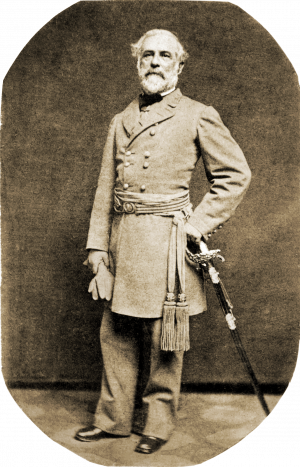
After the incident on the railway platform, Robert, who was on General Ulysses Grant’s staff, witnessed the death of the Confederacy with Robert E. Lee’s surrender at Appomattox. A few days later, he returned to his family in Washington, DC, and begged out of going to see a play at Ford’s Theater, so he wasn’t in the theater box when his father was shot, but he was with him when he died the next morning.
James Garfield was the second President assassinated, shot after less than four months in office. Though we never hear of him, he was one of the most brilliant men ever to serve as President. He was born into abject poverty and was the last “log cabin” President. He entered Western Reserve Eclectic Institute (now called Hiram College) and supported himself by working as one of the school’s janitors and, though still a student, was also hired to teach. At 26 he returned to the school and was made its president. Not a big school, but quite an accomplishment, even then.
Garfield was shot twice — once in the arm and once in the back. But the bullet that entered his back didn’t hit a vital organ and had they simply sewn him up, with a clean needle and thread, he would have survived just fine. But right from the get-go, doctors present at the train station started probing his wound with their dirty fingers, looking for the bullet. This was in the day when American doctors didn’t yet believe germs caused disease and infections. More than the gunman, it was the doctors who killed Garfield.
But here’s an odd coincidence: Lincoln’s son, Robert, now Garfield’s Secretary of War (today called the Secretary of Defense) was on the railway platform when Garfield was shot. So, this was the second time Robert was in the presence of a President dying of an assassin’s bullet.
Twenty years later, Robert went to the Pan-American Exposition in Buffalo, New York, at the invitation of then-President William McKinley. Sure enough, McKinley was shot by an assassin and would die eight days later. McKinley is another one who could have been saved with modern medical practices. Instead, gangrene ultimately killed him.
Ironically, the one President assassinated in modern times, John Kennedy, could not be saved by modern medicine. The assassin used a rifle, and the damage from the bullet was too extensive for even modern medicine to overcome.
Besides the four Presidents killed, there were two other who were shot by assassins but lived: Theodore Roosevelt, when he was running for a third term on the Progressive Party’s ticket, and Ronald Reagan while he was still in office.
At least 12 other Presidents had assassins attempt to kill them, but either the assassins’ bullets missed, the guns misfired, the bombs didn’t explode, or, in one case, the plane didn’t take off that was going to be crashed into the White House. In another, a plane was crashed onto the White House lawn but missed the President.
Given the likelihood of being killed, being President is more dangerous than being a soldier or a police officer.
Presidents Who Killed
Other than in wartime, two Presidents have killed others with their own hands. The 7th President, Andrew Jackson, may have killed many in his illustrious military career, but he also killed a man in a duel. Charles Dickinson had not only welshed on a bet with Jackson, but he claimed Jackson was a coward and, worst of all, called Jackson’s wife, Rachel, a bigamist, which was a huge slur at that time and it’s quite possible she wasn’t officially divorced from her previous husband when she married Andrew.
In that duel, Dickinson shot Jackson in the chest. (He obviously survived.) But some witnesses claimed Jackson missed with his shot and, though it was against the rules of dueling etiquette, he took a second shot and sent Dickinson off to his final reward.
The other, Grover Cleveland, killed two men. Long before he was elected President, he was a sheriff, the only President ever to have served as such. While sheriff, he personally executed two men by hanging. He could have paid a deputy $10 to perform each of the hangings (that’s about $200 today), but said the job was his responsibility. So he did, one in 1872 and the other in 1873.
Cleveland is also one of only two men to be elected President, never having been married before, and he became the only President to get married in the White House. The other bachelor was the 15th President, James Buchanan, and though it’s unclear, there is evidence Buchanan was gay.
Before he rose to the presidency, Cleveland was in politics and was in a law firm in Buffalo, New York. His law partner, Oscar Folsom, was married and one of Folsom’s daughters, Frances, was born when Cleveland was 27. The bachelor Cleveland doted on the little girl, and when she was 11 her father was killed in a carriage accident. Because Folsom left no will, the court appointed Cleveland administrator of his estate. Cleveland was constantly in touch with the widow and her daughter, both became frequent guests at the White House, and the buzz around DC was that Cleveland was courting his ex-law partner’s widow. Imagine the stir when it was discovered his love interest was the daughter, Frances. At 21, she married him and became the youngest First Lady ever, and there will probably never be another that young.
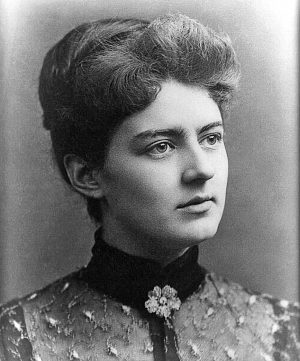
Cleveland is the only President whose terms in office were interrupted. He was elected in 1884, lost his reelection bid in 1888, and then was reelected in 1892. It is said that as the Cleveland family moved out of the White House, in early 1889, Frances told the staff to take care of the building as she and her husband would be moving back in in four years. And they did.
It’s worth noting it was a happy marriage. They had five children and, as Grover got older, he was generally successful at running those around him with his gruff demeanor. Not Frances, though. She had no trouble putting the old man in his place, and he never seemed to mind it.


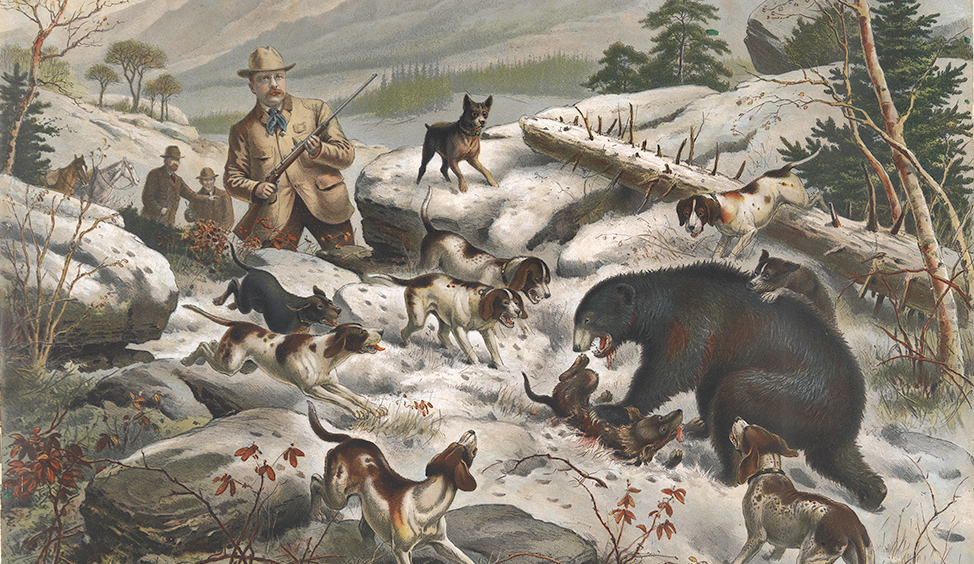
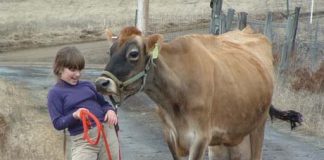





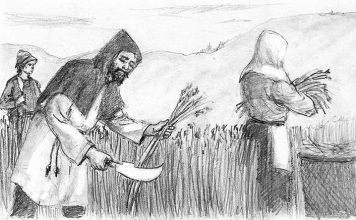
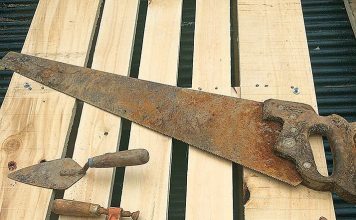

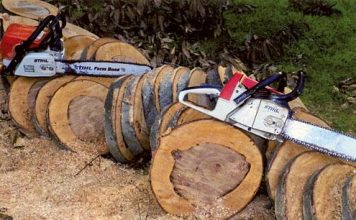


Does anyone know anything about the painting at the top of this article?